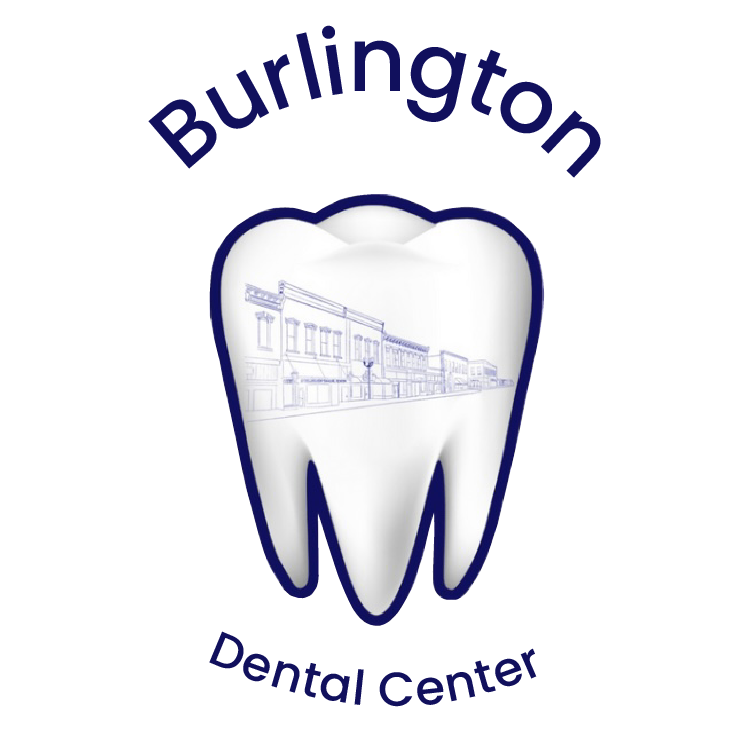Dental cavities are a common oral health issue faced by people of all ages. Among the various types of cavities, pit and fissure cavities often go unnoticed until they become a problem.
This article aims to explore what pit and fissure cavities are, why they occur, and how they can be treated or prevented.
Quick Answer: What Are Pit & Fissure Cavities?
Pit and fissure cavities are cavities in the grooves and depressions on the chewing surfaces of molars and premolars (back teeth). Often difficult to detect in the early stages, these cavities are primarily caused by trapped food and bacteria.
Keep reading to delve deeper into this type of cavity.
Understanding Dental Cavities
Dental cavities form due to the demineralization of tooth enamel by acids produced from bacteria. They can occur on various parts of the teeth, including the smooth surfaces, in between teeth, and in the pits and fissures of molars and premolars.
Why Do They Occur?
There are several reasons why pit and fissure cavities are common:
Trapped Food and Bacteria: The anatomy of the pits and fissures makes it easy for food and bacteria to get trapped.
Inadequate Oral Hygiene: Not brushing or flossing effectively can leave these areas unclean.
Diet: Consuming sugary or acidic foods can expedite the cavity formation process.
Diagnosis and Treatment
Detecting a pit and fissure cavity often requires a professional eye. Dentists usually identify them through:
Visual Examination: Although challenging, some cavities can be spotted visually.
Dental X-rays: Often necessary for confirming the presence of a cavity.
Treatment usually involves filling the cavity with dental materials like composite resins or amalgams.
Staining vs. Decay: Do Stained Grooves Indicate Cavities?
One common concern people have is about staining in the fissures or grooves of their molars and premolars. You might wonder, does this staining indicate a cavity?
The answer is generally no; staining in the grooves of teeth is very common and often harmless. However, to rule out the possibility of decay, a professional dental exam is essential.
Prevention Strategies
To prevent pit and fissure cavities:
Effective Cleaning: Regular brushing and flossing are essential.
Avoid Sugary Drinks & Snacks: Sugar is the root cause of pit and fissure decay.
Dental Sealants: A protective coating that can be applied to the chewing surfaces.
Regular Check-ups: Professional cleanings and examinations can catch problems early.
Conclusion
Pit and fissure cavities are a common but preventable dental issue. Understanding their causes can help in adopting effective preventative measures. A combination of good oral hygiene practices and regular dental check-ups can go a long way in avoiding these troublesome cavities.
FAQs
Are pit and fissure cavities common in children?
Yes, these cavities are particularly common in children and adolescents but can affect people of all ages. This is one reason why many dentists place preventative sealants in the fissures of teeth on children and teens.
Do dental sealants prevent all types of cavities?
Dental sealants are most effective for preventing pit and fissure cavities — they can't prevent those between teeth or on smooth surfaces.
How quickly can pit and fissure cavities progress?
The speed of progression varies, but early detection and treatment are crucial to prevent further complications. In less than a year, a cavity can progress from harmless to severe decay that necessitates a root canal.
* Though the author of this post is a licensed dentist in the state of Kansas, this information is provided for informational and educational purposes only. Please use your best judgment and contact emergency medical services in the event of an emergency.

